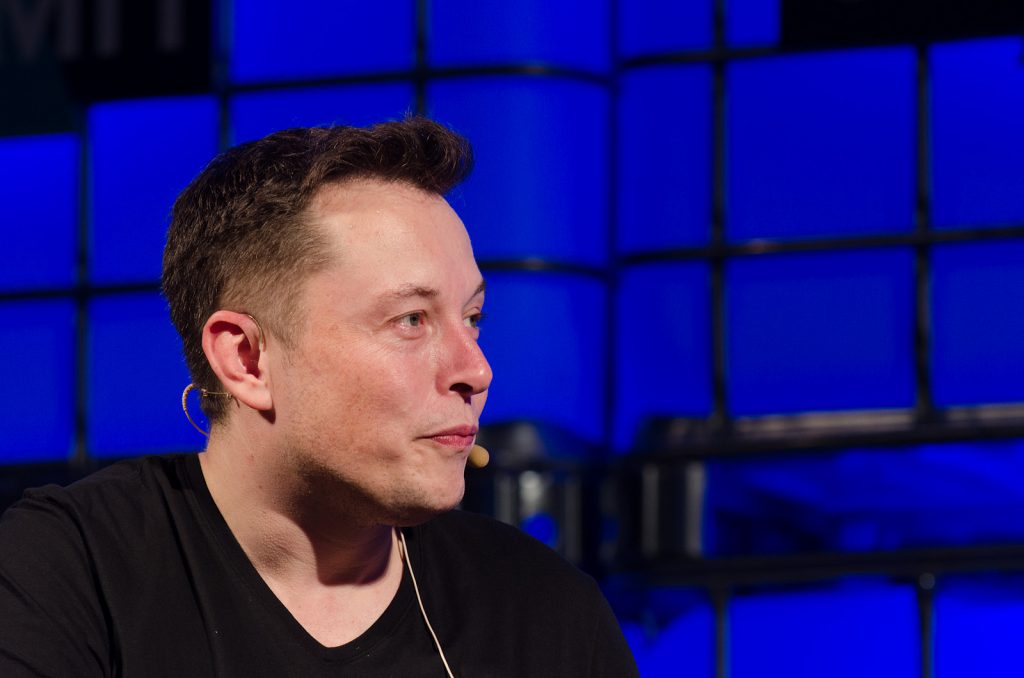
The company is now making battery cells at its massive Gigafactory.
There have been a lot of headlines lately about the U.S. auto industry, including the latest news that Fiat Chrysler will invest $1 billion to modernize plants in Michigan and Ohio.
But last week Tesla did something that could wind up being a total game changer.
Out in the desert in Reno, Nev., Elon Musk and his team began production at Tesla Gigafactory 1, a massive complex built to lithium-ion batteries. Tesla and Panasonic are partnering on the effort, and Tesla considers it crucial for its own survival. There simply aren’t enough lithium-ion batteries available for Tesla to meet its goal of selling 500,000 Model 3 vehicles by 2018 — and current market prices are too high for the $35,000 car to be profitable.
So, Tesla decided to make its own lithium-ion batteries, right here in America.
But the Gigafactory also is manufacturing battery packs to power homes and back up the electric grid. Musk’s long-term vision is to transform Tesla from an electric car company to a clean-energy company; Tesla also recently announced that it is working with Panasonic to produce solar cells in Buffalo.
These facilities could prove to be hugely important toward strengthening America’s industrial base.
Countries like China, Japan and South Korea dominate the battery industry — just 1 percent of lithium-ion batteries made in 2010 were produced by U.S. manufacturers. That’s meant that most U.S. manufacturers — and notably, the U.S. military — have had to nearly solely rely on foreign producers for their battery needs. Having a major American manufacturer able to create lithium-ion batteries will help fill a huge gap.
Tesla’s work also is creating jobs. The Gigafactory is only one-third of the way built, but already is employing more than 2,900 people. By 2018, 6,500 full-time workers are expected to be employed at the Nevada factory. Meanwhile, more than 1,400 people will work at the solar cell facility in Buffalo.
And once Tesla’s new lithium-ion battery cell, known as the 2170, is added to the Model 3, the vehicle also will become the most American-made of the American-made cars — 95 percent of its components will be Made in America.
These are all just huge developments, and could revolutionize the future of manufacturing in America.
Wired recently argued that “2017 will be the year Tesla reigns supreme—or finally flops.” There’s no doubt that the company has much of its future riding on what’s happening right now in Reno.
But when given the opportunity, innovative leaders and American workers have proven to be a unstoppable force. We're betting that Tesla finds success.
